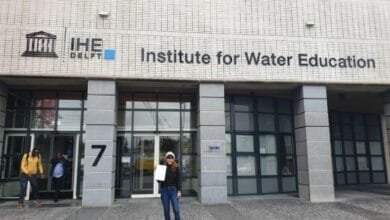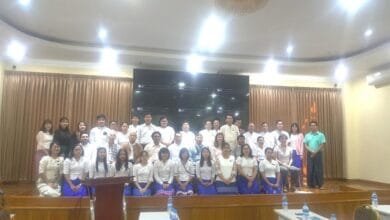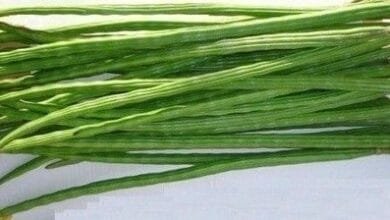
“If the reservoir harvests rainwater to its full capacity, it can supply water not only to Kula village but also to the neighboring villages”
by U Maung Maung Oo, a lead advocate of Natural Green Alliance (N.G.A)
24 July 2020 – Local knowledge is the main asset that can contribute significantly to national development. This month, we made an interview with U Maung Maung Oo, who is leading to solving water scarcity by recreating the existing structures and conditions in the central dry zone of Myanmar. He is a lead advocate of Natural Green Alliance (N.G.A) Environmental Conservation Organization in Mandalay. We have learnt their aims and activities that they are currently doing in the region where droughts are intermittently happening and indigenous people experience water scarcity.
N.G.A is operating under three main aims:
- To plant shady trees which are native and suitable to the region
- To identify, expose and prevent the actions or consequences that can have negative impact on the environment
- To help and support people affected by the impacts of natural disasters
N.G.A is the first local organization to oppose the Myitsone Dam Project. They also give support to conserve forest areas and plant trees to establish green belts (areas of land with fields or parks around a town or city) within the region.
Till now, they have set up green belts at the Monle Buddha Park located in the eastern part of Mandalay, Tha Khin Ma Mountain in the northern part and Shwe Taung Taw Mountain in the southern part respectively.
Currently, they are monitoring the water quality of the Dutthawadi River regarding to the discharge of wastewater from industries, as well as, contributing awareness on the Ayeyarwady dolphin conservation.
 Water donation at Sayae Village
Water donation at Sayae Village
“We also donate water to the dry zones especially the areas located on the northern and southern sides of Sagaing Fault in Mandalay region. With the exacerbation of climate change, the drought becomes worse in those areas and putting the livelihood of many people at risk, halting improvements in food security and poverty reduction,” he added the activities of N.G.A.
Currently, N.G.A has been upgrading one of the existing reservoirs in the central dry zone of Myanmar to encounter the water scarcity with local community.
Kula village is one of the areas facing the water scarcity and located in Ngazun District of Mandalay Region. Although there are some reservoirs ranging from larger to smaller scales and the heavy rain pours sometimes, rainwater couldn’t be harvested as it quickly infiltrates into the ground due to the sandy soil. In addition, the groundwater quality isn’t suitable for drinking and cooking purposes.
“We planned to upgrade an existing reservoir (150′ length, 100′ width, and 6′ depth) by installing an impermeable material around the perimeter to effectively harvest rainwater without infiltrating into the ground,” U Maung Maung Oo explained the overall implementation process in upgrading the reservoir.
Firstly, he led the local team and prepared two 100’x 150′ waterproof sheets to join in the middle and create a 200’x 300′ sheet to completely cover the reservoir’s perimeter. After that, they installed the sheet in the reservoir collaborating with the local community. They planted trees around the reservoir as well to improve the catchment area and to get more shades. There were also some challenges like handling and joining the sheets, difficulties in arranging transportation and the time of extreme weather conditions.




Implementation process of upgrading the reservoir at Kula Village
With regard to the recent condition, he said, “Currently, the water level in the reservoir is only around 1 feet since there is no frequent rain yet. But, if the more frequent and heavy rain occurs, the reservoir can harvest rainwater to its full capacity and can supply water not only to Kula village but also to the neighboring villages. We keep a close contact with the locals who are constantly monitoring the reservoir and planning to set up safety considerations around the lake.”
“In Myanmar, the degree of coordination between governmental organizations is quite low, declining the ‘All-Inclusive’ approach. If the governmental organizations collaborate more effectively among each other, also with the executors and the community, the outputs of any kind of projects can become more effective and sustainable,” he suggested.
Overall, this action demonstrates the example of solving water scarcity by making good use of the available structures and conditions, engaging with the local community.
By Thinzar Mon | Myanmar Water Portal









